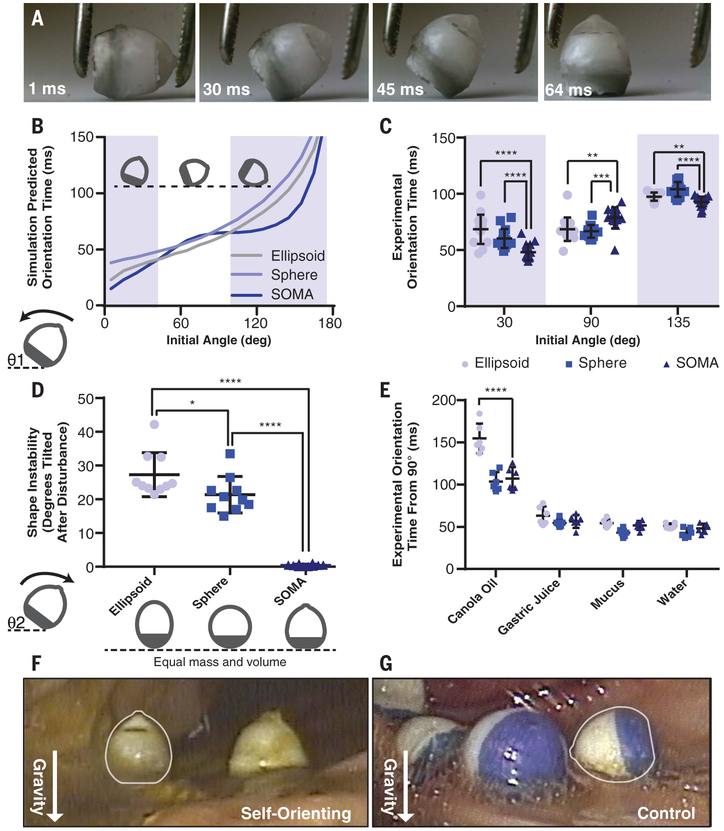Fig. 2. The SOMA self-orients quickly from any position and remains stable once oriented.
(A) Imaging at 1000 frames per second reveals that the SOMA, made from a mixture of PCL and stainless steel, self-orients. (B) Simulation-predicted and (C) experimentally measured (n = 15) orientation times from a given initial angle, θ1, of ellipsoids, spheres, and SOMAs made from the same mass of PCL and stainless steel. The SOMA self-orients most quickly in the shaded regions between 0° and 45° and between 100° and 180°. The corner on the SOMA lengthens orientation times in the region of 45° to 100°, but (D) the corner also stabilizes the preferred orientation. The experimentally determined maximum tilting angle, θ2, when exposed to a rocking motion of 15° at 0.5 rad/s (n = 10), is effectively 0° for the SOMA. This prevents the drug from misfiring into the lumen rather than the tissue. (E) Experimentally measured orientation times in fluids with varying viscosities from a 90° starting angle (n = 6). (F) SOMAs with weighted metal bottoms self-orient in vivo, whereas (G) PCL-only SOMAs fail to orient appropriately. Error bars indicate SD. *P < 0.05, **P < 0.01, ***P < 0.001, ****P < 0.0001.

